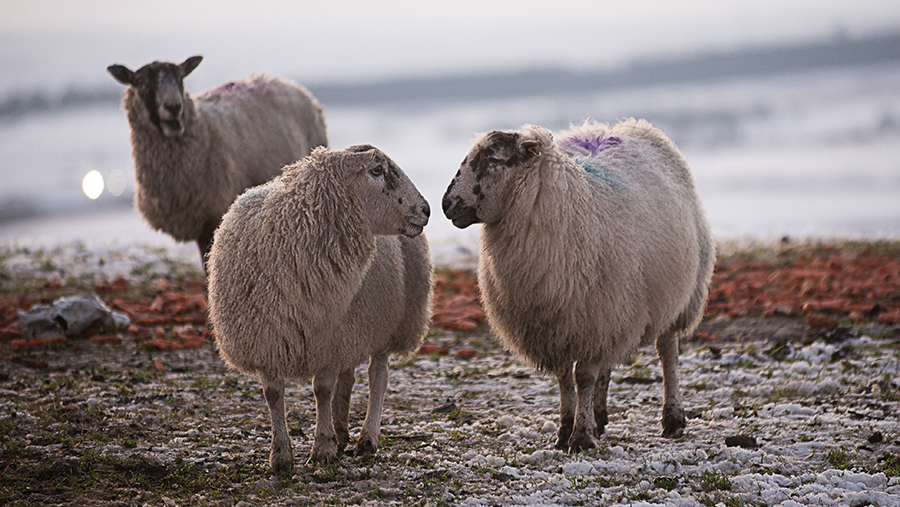6 tips for a good livestock parasite control plan
 © Charlotte Graham/Shutterstock
© Charlotte Graham/Shutterstock January is the best time for livestock farmers to plan out a parasite control strategy for the year ahead.
A robust and practical programme will help reduce disease burdens, economic costs and selection for anthelmintic resistance, according to National Animal Disease Information Service (Nadis).
You can get help on starting a parasite control plan by:
- Planning with veterinary advice
- Reading the Cows or SCOPS information
- Consulting the Nadis control planner – planners are free but only available through vets
- Doubling up: Incorporate parasite control into seasonal activities such as weaning, turnout, housing and shearing
See also: Health experts launch new aids for parasite control
Here are six tips to help with your planning.
1. Consider seasonal risk and farm history of disease
- Think about issues you have had in the past and when these occurred.
- Use the Nadis parasite forecast to highlight specific seasonal and regional parasite risks.
2. Identify at-risk animals
- Younger animals are, in general, more susceptible to parasitic diseases, particularly calves and lambs entering their first and potentially second grazing season.
3. Choose and rotate anthelmintic products
- Make sure you are familiar with:
1) the available products
2) active ingredients (see Scops PDF)
3) indications for use
4. Undertake diagnostic and performance testing
- Diagnostic tests such as worm egg counts provide useful information when deciding treatment and pasture management options.
- Performance testing (looking at daily liveweight gain) can also help provide a more targeted approach to worm control by identifying the worst affected animals.
- Diagnostics and performance tests can identify issues before they become severe, reduce anthelmintic resistance and improve dosing times.
5. Ensure biosecurity and quarantine measures are in place
- Newly purchased animals should be treated and held prior to turnout to pastures to prevent introducing anthelmintic resistance on the farm.
6. Identify “safe” and “contaminated” grazing
- Contaminated pastures are those that have been grazed by infected animals early in the year or in the previous season.
- Safe pastures have not been previously grazed, such as newly reseeded leys and silage and hay aftermaths.
- Pastures previously grazed by sheep and generally safe for cattle and vice-versa.
